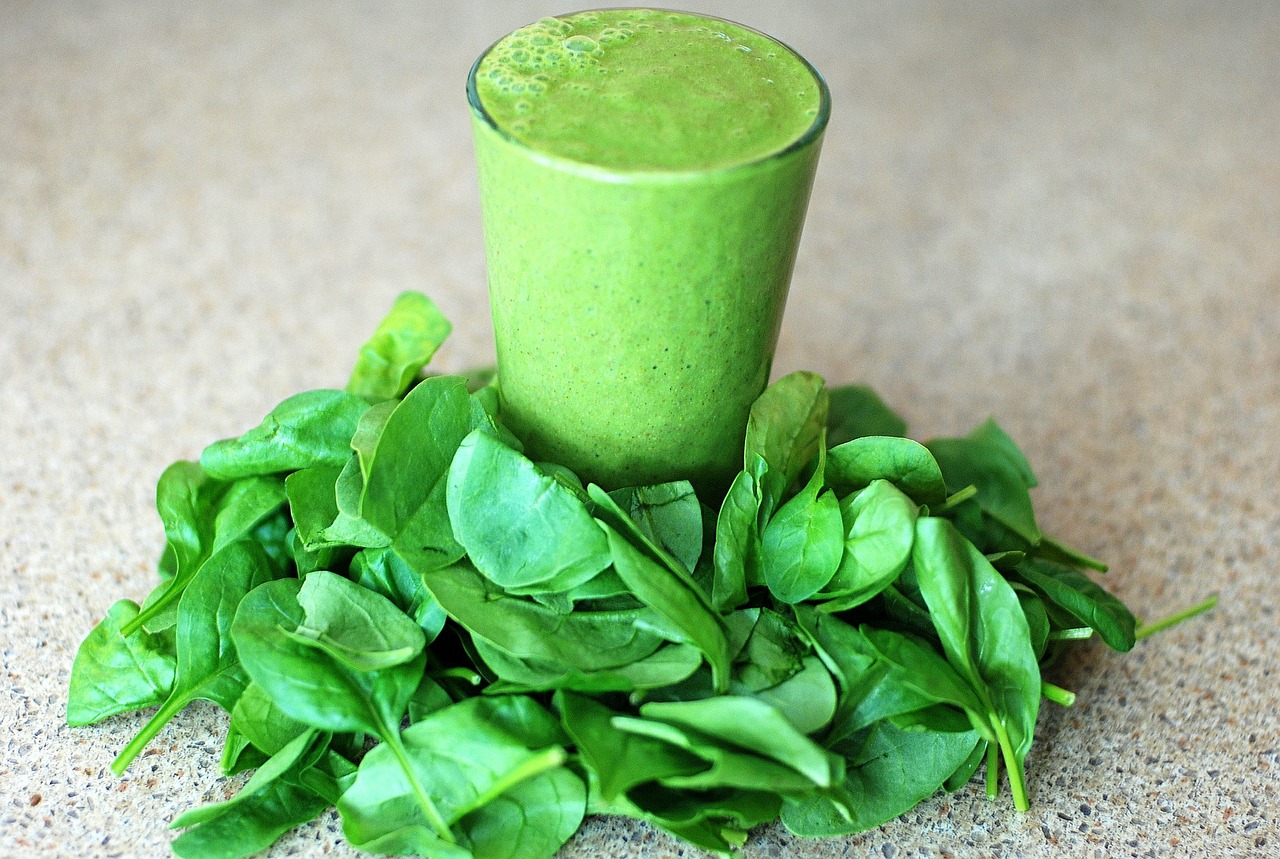

Our attachment to food is antiquated. So the argument goes: It takes time and energy to buy and prepare, and it can lack nutrition (we tend to cook away the good stuff). We can now drink our meals. Meal-replacement shakes—different from protein drinks that serve as supplements—optimize nutrient efficiency, save money, and turn the messy business of eating with others into a hobby.
Soylent
Ever since Soylent launched as a powder in 2013, it’s been a trend among Silicon Valley coders. Now it comes in even more convenient 14-ounce drink bottles. Each bottle holds 400 calories (you need six or seven to maintain a minimum daily calorie requirement for an active adult).The new release includes soy for its primary protein source and algae—in the form of algal oil—for half of its fat content. Texture: cow’s milk.
Ambronite
Thought of as an organic alternative to Soylent, Ambronite is made from a list of easy-to-recognize, easy-to-pronounce ingredients, including oats, rice bran, and flaxseed. You can probably live off it, but it is pitched as a “productivity tool” for creative types stuck in lunch meetings or grinding through weekend hackathons. Each bag of powder contains a 500-calorie serving with 30 grams of protein, 13 different vitamins, and fiber.
DIY.Soylent
Soylent is not patented, so thousands of diet hackers have decided to make their own versions, posting them on diy.soylent.com. Rather than a one-drink-fits-all approach, the site offers customized meal-replacement recipes based on age, sex, weight, and daily activity level, and whether you want to reduce or maintain weight. For example, “Bachelor Chow” delivers 2,000 calories per day and is made with only 10 ingredients.
Hungry for more? Check out our future of food feature from the October 2015 issue of Popular Science.
